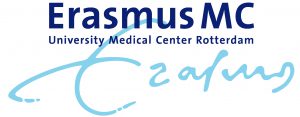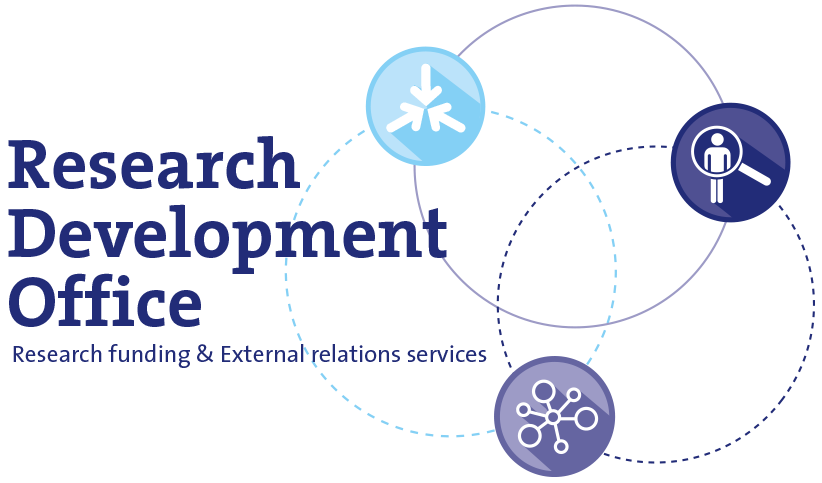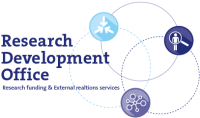Ramming the roadblocks; Addressing barriers to translation in bone tissue engineering.; ADDBONE
Client :
Liquid Themes
Ramming the roadblocks; Addressing barriers to translation in bone tissue engineering.; ADDBONE

Project summary
Large bone defects represent a major clinical challenge in situations such as traumatic fractures or bone destruction due to cancer metastasis. The current gold standard of treatment is to transplant autologous bone from elsewhere in the patient, with great cost in terms of pain, time and money for the patient and economy. Unfortunately, this “gold standard” approach only has an 80-90% success rate. Over two million bone grafting surgeries are performed annually worldwide, making bone the second most transplanted tissue. At Erasmus MC (EMC), we have developed an approach whereby we can prime marrow stromal cells (MSCs) to form a transient cartilage tissue that, once implanted, will form a vascularised bone organ. This has huge promise as a regenerative medicine-based therapy to replace autologous bone transplantation. Three roadblocks to the translation of this approach to the clinic exist; i) the ability to produce large numbers of cells quickly, cheaply and in a clinically compliant manner ii) the reproducible and rapid priming of cells to generate large bone volumes iii) the use of implantable biodegradable materials upon which to grow and prime the cells. In this project EMC joins with two companies to address all three roadblocks. In collaboration with Scinus Cell Expansion Netherlands B.V. and IamFluidics we will devise an approach to scale-up priming and cultivation of MSCs. We will use GMP-ready bioreactor technology (Scinus) in combination with newly developed microcarriers (IamFluidics) on which cells can be primed and expanded. These biodegradable microcarriers can be implanted, greatly simplifying the production process. In addition, we will elucidate the crucial signals (cellular pathways and non-coding RNAs) that control bone formation in MSCs to rapidly and reproducibly produce new bone. Finally, we will apply two in vivo bone formation and repair models to validate the advantage of our approach over standard bone transplantation.
Impact
In this project we will focus on an exciting new tissue engineering based approach using donor cells for large bone defect repair. This project will focus on bringing this approach closer to a clinical reality by working with two companies to scale up the production and treatment of these cells for use.
More detailed information
Principal Investigator:
dr. Eric Farrell
Role Erasmus MC:
Coördinator
Department:
Mondziekten, kaak- en aangezichtschirurgie
Project website:
Not available
Funding Agency:
Health~Holland



